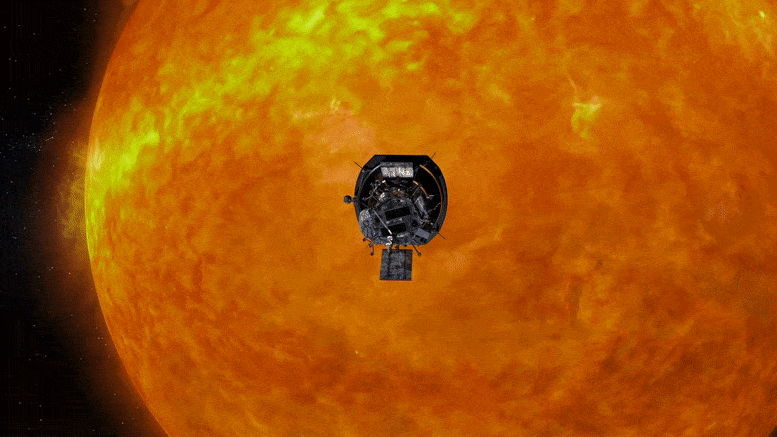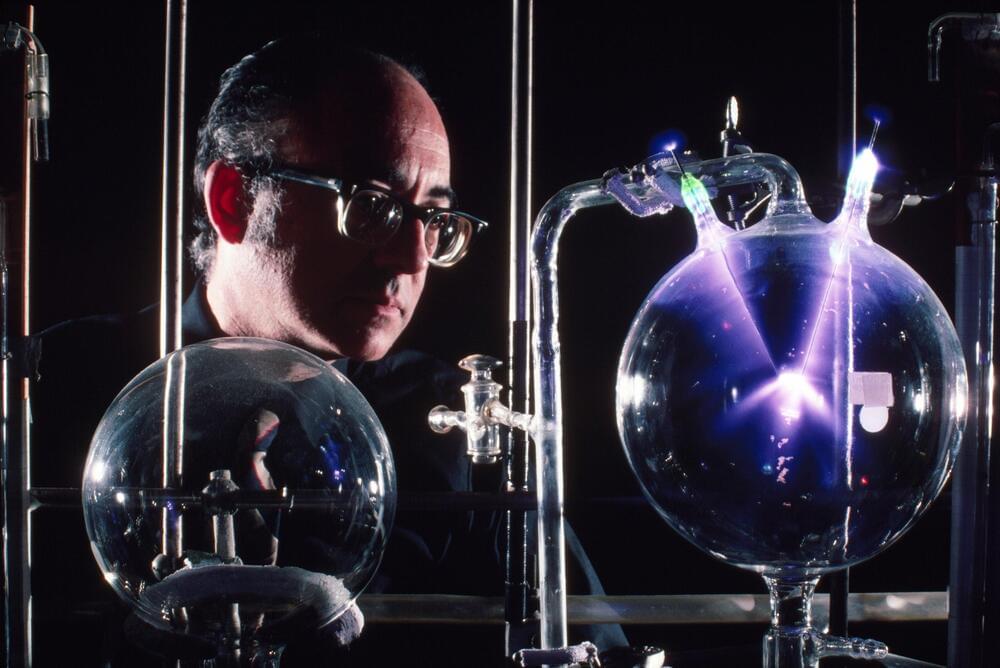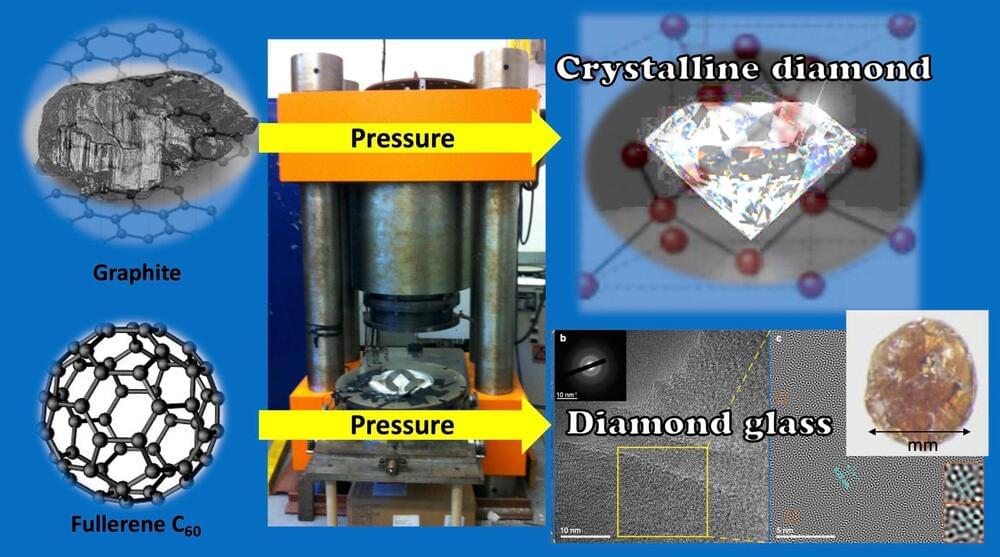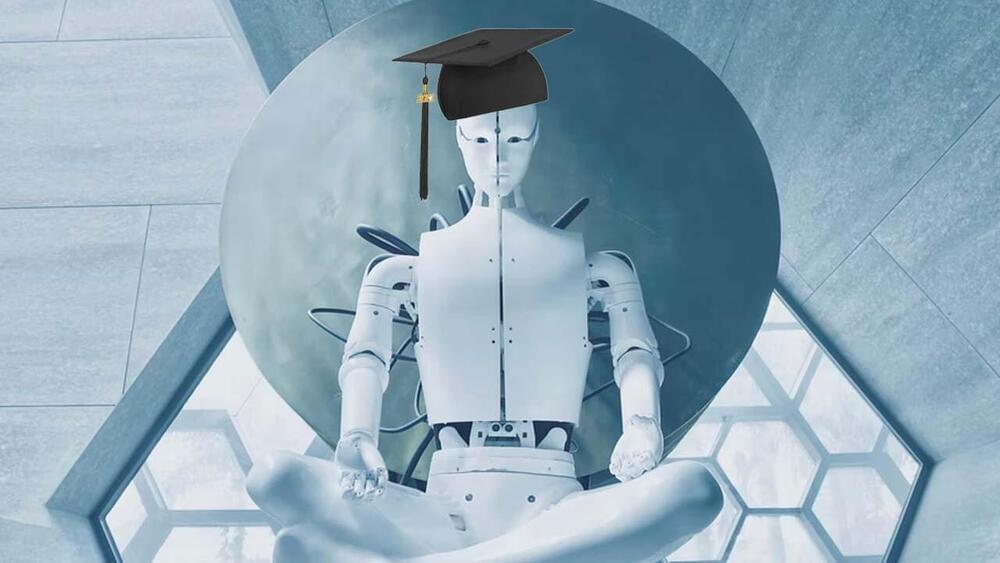November 27, 2021 — A few years ago, a little known Montreal XR company was putting its patented technical chops into building out what many think is the “last interface”, one that Facebook (ahem, Meta’s) CEO Mark Zuckerberg is betting the social media giant’s future on. Today, that Montreal company, and some pretty impressive Canadian innovators, find themselves thick in the middle of the Metaverse’s battle of the titans.
Blazing along at space-record speeds that would get it from Earth to the Moon in under an hour, NASA
Established in 1958, the National Aeronautics and Space Administration (NASA) is an independent agency of the United States Federal Government that succeeded the National Advisory Committee for Aeronautics (NACA). It is responsible for the civilian space program, as well as aeronautics and aerospace research. It’s vision is “To discover and expand knowledge for the benefit of humanity.”
Le Imagini con la sposizione dei dei de gli antichi (The Images of the Gods of the Ancients and their Explanations) was first published in Venice in 1556. Illustrations were added in subsequent editions. New engraving and translation into other languages continued for about 150 years. Although Vicenzio Cartari lived in Renaissance Italy in 1556. he was an antiquarian, and most of the imagos originate from the late Ptolemaic period. I was an antiquarian book dealer in London specialising in Emblem books, and have most of the different early Cartari editions.
The birth of Tarrochini in Italy predates Cartari. The “Four Orders of Virtue” game by Martiano da Tortona is first mentioned in 1425. Robert Place and Ross Caldwell have replicated the lost paintings of the da Tortona using written descriptions. My approach is to use “Images of the Ancient Gods” (Cartari’s imagos) as the source images for Apollo, Hercules and the others. These icons would have been familiar to da Tortona, and could formed the basis for his lost paintings. The Wheel of Fortune originally was the Wheel of Fortuna — Goddess — but Christianised “occult” tarot of the Victorians removed as many pagan traces as it could get away with, adding The Devil, Pope and a few purely Christian images. Eliphas Levi is partly to blame.
The most important engravings are by Bolognino Zaltieri, 1571. A later 1,614 edition has slightly different engravings by Paulus Hachenberg, and I have colourized both these series. Some imagos retain banners of names or slogans associated with particular emblemata. My names won’t be agreed by everyone and can be argued about, but the reasons for these names are given in my book with reference to Cartari and The fountaine of ancient fiction Wherein is liuely depictured the images and statues of the gods of the ancients, with their proper and perticular expositions. Done out of Italian into English, by Richard Linche Gent. London: Printed by Adam Islip, 1599. I will post these 176 plus versions together with meanings and extra information on these Patreon pages regularly.
The Miller-Urey experiment showed that the conditions of early Earth could be simulated in a glass flask. New research finds the flask itself played an under appreciated, though outsized role.
Ultrasound triggered cells home in on tumors and then self destruct to deliver damage or therapeutics from inside.
With 360 million times more pressure than we experience on the Earth’s surface, things are bound to get strange.
The sphere of iron that resides there is also under extreme pressure: about 360 million times more pressure than we experience on the Earth’s surface.
“We are proud to be able to showcase the world’s first fully electric and self-propelled container ship,” said Svein Holsether, CEO of Norwegian chemical company Yara International. “It will cut 1,000 tonnes of CO2 and replace 40,000 trips by diesel-powered trucks a year.”
Yara has collaborated since 2017 with maritime technology company Kongsberg to develop the ship, which sailed from Horten to Oslo, a distance of approximately 35 nautical miles (65 km). Powered by 7 MWh batteries, it uses an automatic identification system (AIS), cameras (including infrared), a lidar, and radar system. It will begin commercial operations in 2022, transporting mineral fertiliser between ports in southern Norway at up to 15 knots (28 km/h).
“Norway is a big ocean and maritime nation, and other nations look to Norway for green solutions at sea. Yara Birkeland is the result of the strong knowledge and experience we have in the Norwegian maritime cluster and industry,” said Geir Håøy, CEO of the Kongsberg Group. “The project demonstrates how we have developed a world-leading innovation that contributes to the green transition and provides great export opportunities for Norwegian technology and industry.”
It is the hardest known glass with the highest thermal conductivity among all glass materials.
Carnegie’s Yingwei Fei and Lin Wang were part of an international research team that synthesized a new ultrahard form of carbon glass with a wealth of potential practical applications for devices and electronics. It is the hardest known glass with the highest thermal conductivity among all glass materials. Their findings are published in Nature.
Function follows form when it comes to understanding the properties of a material. How its atoms are chemically bonded to each other, and their resulting structural arrangement, determines a material’s physical qualities—both those that are observable by the naked eye and those that are only revealed by scientific probing.
There are synergies between the two kinds of intelligence. The brain serves the genes by improving the organism’s capability to survive and reproduce. In exchange, evolution favors genetic mutations that improve the brain’s innate and learning capacities for each species (this is why some animals are born with the ability to walk while others learn it weeks or months later).
At the same time, the brain comes with tradeoffs. Genes lose some of their control over the behavior of the organism when they relegate their duties to the brain. Sometimes, the brain can go chasing rewards that do not serve the self-replication of the genes (e.g., addiction, suicide). Also, the behavior learned by the brain does not pass on through genes (this is why you didn’t inherit your parents’ knowledge and had to learn language, math, and sports from scratch).
As Lee writes in Birth of Intelligence, “The fact that brain functions can be modified by experience implies that genes do not fully control the brain. However, this does not mean that the brain is completely free from genes, either. If the behaviors selected by the brain prevent the self-replication of its own genes, such brains would be eliminated during evolution. Thus, the brain interacts with the genes bidirectionally.”
Giant strides will be made in treating haemophilia, while an Alzheimer’s drug has reinvigorated interest in therapies for dementia | The World Ahead.









